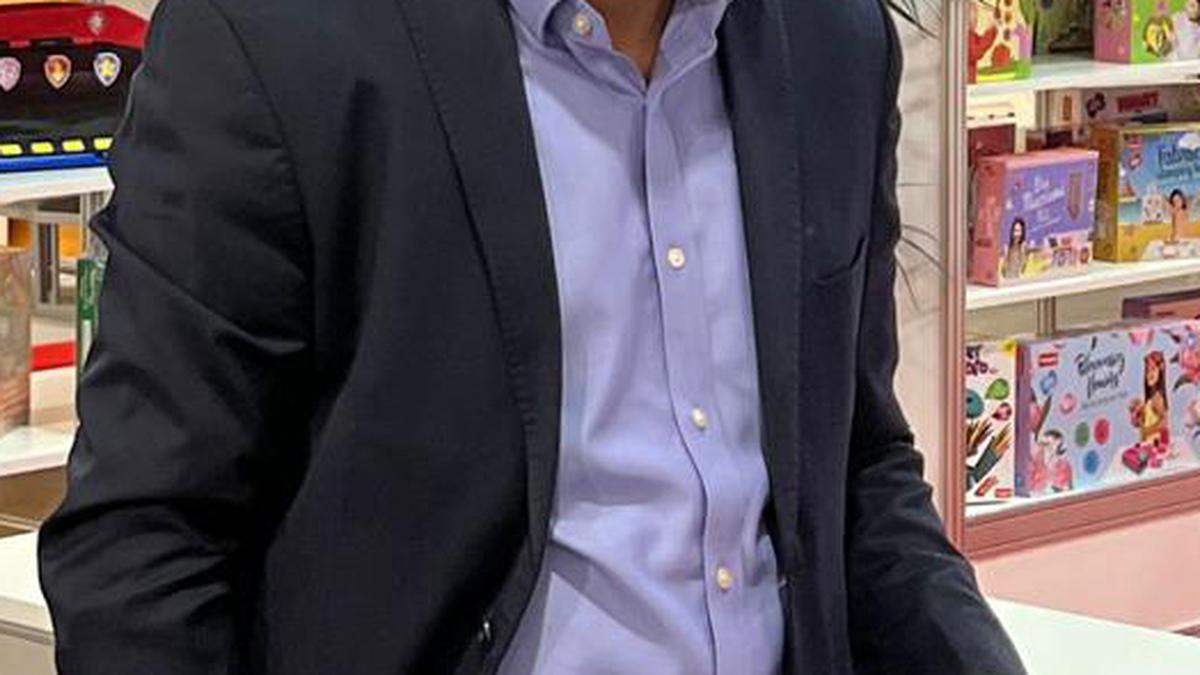Based at UCC and Tyndall, Prof Pádraig Cantillon-Murphy is focused on enabling accurate and precise positioning of tools inside patients.
Prof Pádraig Cantillon-Murphy thinks Irish people have always been quite engaged with science.
“One the outcomes of the pandemic,” he says, “in my experience, is that scientists became better communicators.
“We began to appreciate the value of articulating our work for a lay audience and that is probably a good thing.”
Cantillon-Murphy is professor of biomedical engineering at University College Cork (UCC) and a member of the Tyndall National Institute.
After graduating from UCC in 2003, he won a scholarship to study for his PhD at MIT, where he started applying his electromagnetics knowledge to medical science. He undertook a postdoctoral fellowship at Harvard Medical School. “This was my first direct experience with clinical research,” Cantillon-Murphy says.
“As an engineer, I often found myself being the only technical expert in the room. However, I found the experience incredibly fulfilling, and the prospect of my work finding clinical application was hugely rewarding.”
In 2010, he returned to Cork and since then his research has primarily focused on surgical navigation tools.
‘I thank God every day for affording me the opportunities I’ve had’
Tell us about your current research.
Our research focuses on the use of electromagnetic fields for surgical navigation. The primary applications of this research address the two largest causes of cancer-related deaths worldwide: lung cancer and colorectal cancer.
Over the past 14 years, much of our work has centered on developing a platform that enables accurate and precise positioning of tools inside a patient. This has involved creating our own open-source hardware platform for tool tracking and designing new sensors small enough for use in the most confined clinical applications.
Our current focus on lung cancer stems from a long-standing collaboration with Prof Marcus Kennedy in Cork. Marcus and I both returned to Cork during the summer of 2010 and have since formed a unique partnership that has greatly benefited my career and supported the development of many students over the years. His unique patient insights and passion for clinical research have been a driving force behind much of our work over the past decade. This year, we are beginning our first clinical trial with Marcus’s team at Mallow General Hospital, supported by the clinical research facility in Cork.
The other clinical application we focus on is colorectal cancer, which has also been facilitated by a highly productive collaboration with Prof Ronan Cahill at University College Dublin and the Mater Hospital. Ronan has pioneered innovative, precision-led navigation technology for colorectal surgery, making him a natural collaborator for the type of work we undertake.
In your opinion, why is your research important?
Our mission is to transform how X-rays are used in surgical applications. X-rays were never intended for navigating instruments; they were designed as diagnostic tools for identifying disease. However, in many procedures across radiology, surgery and endoscopy, radiation imaging is routinely used to visualise the location of various devices and instruments inside the patient.
We believe there is a safer and more accurate alternative: non-ionising electromagnetic fields. These fields are completely harmless to the patient, and over the past decade, we have demonstrated significant advancements using open-source technology and innovative sensors. My hope is that our research will eventually lead to more accurate and safer clinical interventions for patients.
![]()
I have also had the privilege of being involved in three start-up companies, one of which operates directly in this field in Cork. Quadrant Scientific was founded in 2018 by two PhD graduates from our lab and has been working toward the development of clinically approved devices for patient use. Quadrant aims to launch its first product in 2025, and I am thrilled to have been part of their journey.
Nevertheless, the ultimate ambition remains improving patient outcomes. I want to make a real difference in clinical outcomes by reducing radiation exposure and providing clinicians with more accurate diagnostic tools. This mission drives me and motivates the students and researchers in our group.
Although achieving this long-term goal requires years of persistence to translate research into clinical practice, our patience and perseverance are starting to yield results. I believe the next decade will be transformative in the application of magnetic navigation for clinical use.
What inspired you to become a researcher?
I never really wanted to be a researcher. I always saw myself as a teacher and, for me, the most rewarding part of the job is what happens in the classroom. However, teaching in the classroom naturally extended into the laboratory when I accepted my faculty position, and I enjoy being in the laboratory.
I was blessed with a wonderful physics teacher in Farranferris. Mr Ó Donnabháin stimulated a love of physics that is probably the catalyst that led me to engineering. What fascinated me most was the order and logic that the physical world adhered to. As a graduate student at MIT, this crystalised in my study of advanced circuits and electromagnetics.
What are some of the biggest challenges or misconceptions you face as a researcher in your field?
I know that academics like to moan. I consider it an extraordinarily privileged position to be paid to push the boundaries of science and engineering. I love what I do, and I thank God every day for affording me the opportunities that I have been granted.
Growing up in the heart of rural Ireland in the 1980s, it was impossible to imagine the opportunities that would present themselves. When I left Ireland in 2002, the country was booming and very few of my class pursued postgraduate opportunities as a result. Many did very well but I choose the road less travelled. MIT is an extraordinary menagerie of learning, and my formation there has shaped my entire career. I feel incredibly grateful for those who made that possible, not least Dr Michael Egan at UCC who first put graduate study on my radar.
As you progress in your career, one challenge is to remain connected to the cutting edge of the field. In my case, that is what is happening in our lab. I rarely sit in my office these days. I prefer to sit in the lab so that I can still feel that I am contributing to the work. It helps me better understand the challenges that the student face.
Don’t miss out on the knowledge you need to succeed. Sign up for the Daily Brief, Silicon Republic’s digest of need-to-know sci-tech news.








Leave a Comment